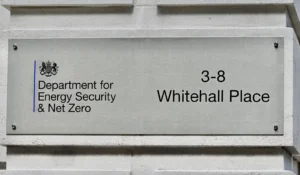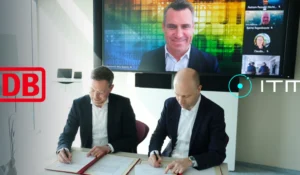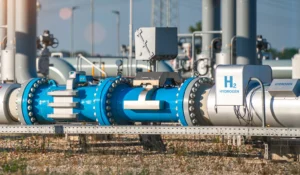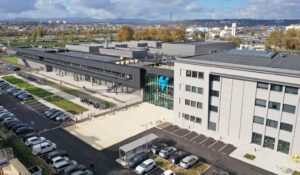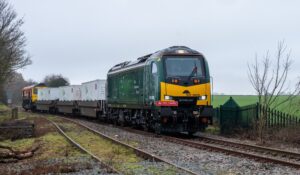HySpeed launched: £6.5bn hydrogen mega-project, promises 24,300 jobs
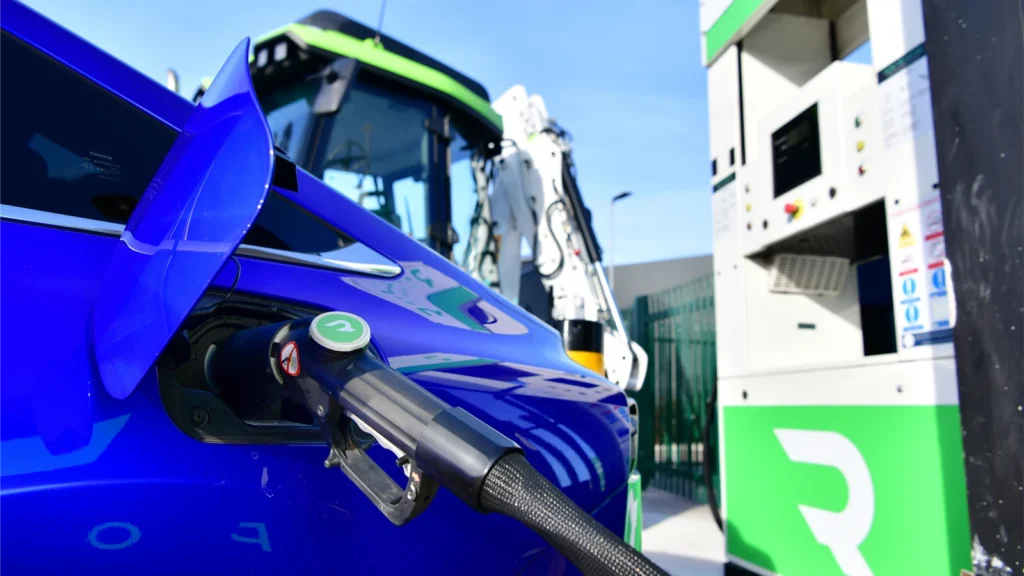
A new £6.5 billion hydrogen mega-project backed by some of Britain’s biggest industrial players is aiming to deliver 1GW of green hydrogen capacity by 2030, inject fuel directly into the gas grid, and create more than 24,000 new jobs in the process.
Unveiled this weekend, Project HySpeed is being led by HydraB Power, the energy group chaired by Jo Bamford, and backed by a broad private-sector coalition including Centrica (owners of British Gas), JCB, Johnson Matthey, Heidelberg Materials, ITM Power, and National Gas.
The project is pitched as a direct response to the UK Government’s call to scale low-carbon energy solutions.
It proposes a national network of hydrogen production hubs, coordinated procurement of equipment, and bankable long-term offtake contracts that together could make green hydrogen production cheaper, faster, and easier to deploy at scale.
Critically, HySpeed will focus on fuelling the UK’s foundation industries – steel, glass, and cement among them – by providing renewable hydrogen via the gas grid, bypassing the need for users to invest in new on-site hydrogen infrastructure.
The project estimates its approach will remove one million tonnes of CO₂ annually from heavy industry emissions.
Building a hydrogen economy
HySpeed isn’t the first bold hydrogen initiative to cross the UK’s desk. But where previous projects have often stalled at the drawing board or relied heavily on state funding, this one arrives fully capitalised – with £6.5bn of private investment already committed, the coalition says, and a strategy rooted in hard-nosed industrial pragmatism.
At its heart is a plan to reduce the cost of green hydrogen by buying equipment in bulk, securing power on better terms, and building with at least 50% UK content.
In doing so, HySpeed hopes to anchor 24,300 jobs across sectors like electrolyser manufacturing, distribution, fuel cell technology, bus and coach production, and green chemicals.
Here’s how those jobs break down:
- Electrolysers, 2,025
- Upstream Power, 9,290
- Compressors, 155
- HRS (Hydrogen Refuelling Stations), 600
- Bowsers, 1,725
- Tube Trailers, 1,625
- Buses, 5,380
- Coaches, 490
- Fuel Cells, 1,080
- NRMMs (Machinery), 430
- Green Chemicals, 1,640
The scale of ambition is backed by a broad mix of companies. Centrica, which owns British Gas, is on board. So are hydrogen veterans ITM Power, fuel cell materials firm Johnson Matthey, and JCB, whose hydrogen combustion engines are already hitting the dirt.
National Gas brings infrastructure muscle, and Heidelberg Materials adds demand from the construction sector.
“We cannot compete on cost in the production of batteries. That ship has sailed,” said Peter Kyle MP, Secretary of State for Science, Innovation and Technology, in an interview with The Times. “But on hydrogen, what we are doing in Britain is market leading.”
Offtake first, infrastructure second
One of HySpeed’s key differentiators is its use of hydrogen certificates rather than co-located production.
Instead of building bespoke hydrogen systems for each site, HySpeed will inject hydrogen into the gas grid and allow industrial users to buy the carbon savings without ripping up their existing infrastructure.
That model means hydrogen producers can scale production where it’s cheapest and greenest, while industrial offtakers can hit their decarbonisation targets faster – without waiting for complex physical infrastructure to catch up.
It also makes the whole project more bankable. Long-term, guaranteed demand from a mix of buyers makes it easier to secure debt finance and reach final investment decision on the 1GW production goal.
Timing, politics, and green jobs
HySpeed’s launch coincides with the Government’s Hydrogen Allocation Round 2 (HAR2) shortlist, which named 27 electrolytic hydrogen projects aiming for FID by the end of the year.
While HySpeed isn’t part of HAR2, it’s clearly intended as a private-sector counterpart – a signal that capital is ready to build, with or without subsidy.
It also arrives as Jo Bamford’s wider HydraB Power group (which includes Wrightbus and Ryze) continues to push for hydrogen as a pillar of the UK’s industrial future.
The project claims it could add £2bn per year in Gross Value Added, and directly support the Government’s green jobs target of 480,000 skilled net zero jobs by 2030.
Mr. Bamford said: “Now more than ever the UK needs to stand on its own two feet, especially when it comes to our energy resources. Hydrogen offers us the opportunity to be energy secure and energy independent.
“Our conversations with the Department for Energy Security and Net Zero (DESNZ) have been hugely encouraging and we know the Government is keen to support clean energy projects of this size.”
Dennis Schulz, CEO of ITM Power, called the consortium “the most effective pathway to the rapid scale-up of the UK’s green hydrogen economy”, and said economies of scale would drive down costs and accelerate adoption.
Chris O’Shea, CEO of Centrica, added: “Hydrogen can play a crucial role in tackling emissions from sectors that other clean energy sources can’t easily reach. It can be used to power the UK when the sun doesn’t shine, and the wind doesn’t blow.”
The bottom line
HySpeed is a blueprint for how hydrogen can be industrialised in Britain without waiting for the stars to align. It doesn’t ask the government for money – it asks them to get out of the way.
And if it works, it could reset expectations for what hydrogen can do – not as a someday technology, but as a backbone for the industries that built Britain in the first place.


